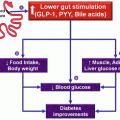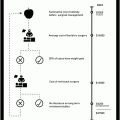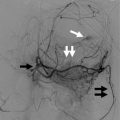Jordi J, Herzog B, Camargo SM et al (2013) Specific amino acids inhibit food intake via the area postrema or vagal afferents. J Physiol 591:5611–5621PubMedCentralPubMedCrossRef
Kuhre RE, Gribble FM, Hartmann B et al (2014) Fructose stimulates GLP-1 but not GIP secretion in mice, rats, and humans. Am J Physiol Gastrointest Liver Physiol 306:G622–G630PubMedCentralPubMedCrossRef
Mentlein R, Gallwitz B, Schmidt WE (1993) Dipeptidyl-peptidase IV hydrolyses gastric inhibitory polypeptide, glucagon-like peptide-1(7-36)amide, peptide histidine methionine and is responsible for their degradation in human serum. Eur J Biochem 214:829–835PubMedCrossRef
Stay updated, free articles. Join our Telegram channel

Full access? Get Clinical Tree








